MH17: Fake photo was used to falsely claim there was a Russian Buk in Ukraine
October 15, 2015 (updated Oct. 25)
Sergey Mastepanov
 TIME TO READ —45 minutes
TIME TO READ —45 minutes
There are four photos and three videos showing the alleged rebel’s Buk. Only the “Paris Match” photos show this Buk at a close distance, which a group of “investigative journalists” named Bellingcat uses as proof that Buk came from Russia because of “Buk’s fingerprints.” These photos look clearly photoshopped to the naked eye. The characteristics of the other photos (Torez and Snizhne), which appeared in the social media and are also used by Bellingcat, suggest that Buk and some other vehicles could have been easily added there with the help of Photoshop.
The aim of this article is to show with pictures the areas of Donetsk “Paris Match” photos, which point out that they are fake, to show how approximately they were made, to show examples how Buk could have been added in the other two photos, to point out who uses the fake “Paris Match” photos and Bellingcat’s flawed analysis as evidence, and to provide other information.

Note that you can click on pictures that are surrounded by a blue rectangle, and you will see either their non-cropped version or a version at a higher resolution.

A French magazine named “Paris Match” published the first photo on July 25, 2014 in their online article. They showed the second photo in their July 23, 2014 article, but only as a tiny version (it is at the top of this picture). The full-sized version of the second photo appeared on the internet only in January 2015. I came to this conclusion based on results from reverse image search and based on Bellingcat’s website, which mentioned this photo only in January 2015.
There are a number of areas in these “Paris Match” photos that suggest they are a product of a photo manipulation software like Photoshop. Take a close look at them (open their higher resolution versions by clicking on Picture 2 if necessary). The first impression is that they look “strange,” they look unlike any normal photos or even stills from a low resolution video. Compare the back of the truck’s white cabin with the Buk vehicle (these areas are marked in Picture 3). The back of the cabin looks sharp, as if it was taken from an excellent quality, high resolution source, while Buk looks fuzzy everywhere you look. No effects like motion blur or camera’s low resolution can explain this difference in picture quality. The cabin’s picture quality should be just as bad as Buk’s or Buk’s quality should be as good as cabin’s. You can see this startling difference in picture quality between the Buk vehicle and the truck’s cabin in both photos.
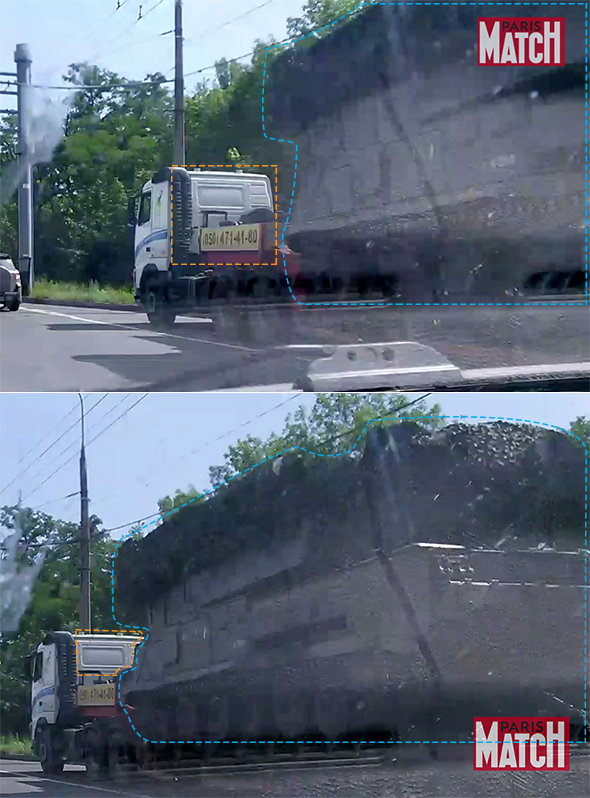
There is a night and day difference between the cabin’s edge and Buk’s edge in terms of their sharpness in the first “Paris Match” photo (Picture 4). Buk’s edge is fuzzy. It almost blends with the background.
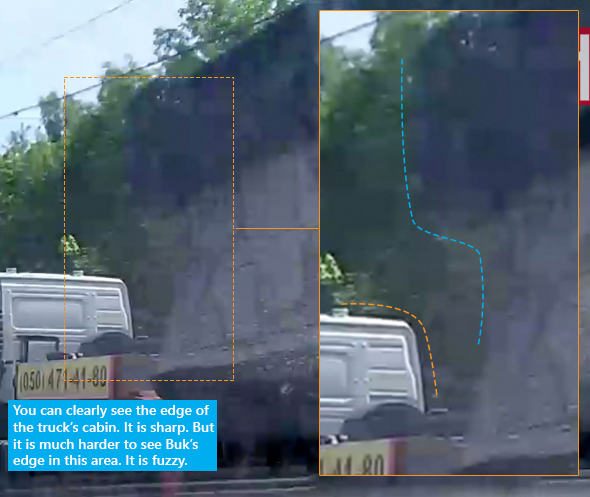
In the first “Paris Match” photo, it is incredible how you can clearly see the telephone number, how sharp the back of the cabin looks, but how at the same time, you can barely see even the shape of Buk’s wheels on this normal day (Picture 5).
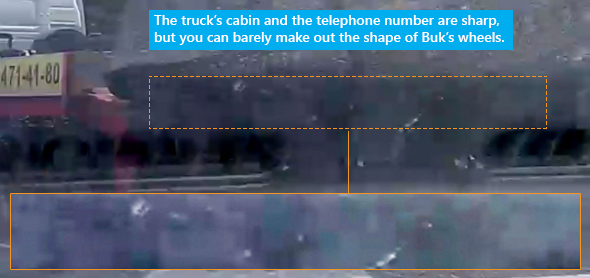
Another area that doesn’t look possible without the use of tools like Photoshop (Picture 6).
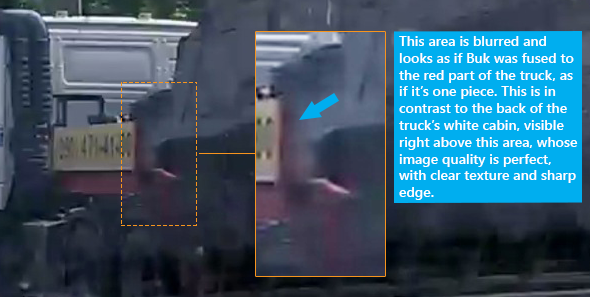
The reflection from the car’s dashboard is not the same in both photos (Picture 7). The area inside the orange box should have the same black patches that are visible in the second photo.
"Destroying the New World Order"
THANK YOU FOR SUPPORTING THE SITE!
Latest Activity
- Top News
- ·
- Everything
Mossad: we create a pretend world, we are a global production company... the world is our stage
The Alvin II Encounter: Was There A Living Dinosaur Involved?
All In The Family | Mike Meets Archie For The First Time | The Norman Lear Effect
entitlement
Death Threats for Assisting ICE?
'They’re Waiting for Us to Die': Area 51 Veterans Plead for Trump’s Help | Elizabeth Vargas Reports
© 2025 Created by truth.
Powered by
![]()
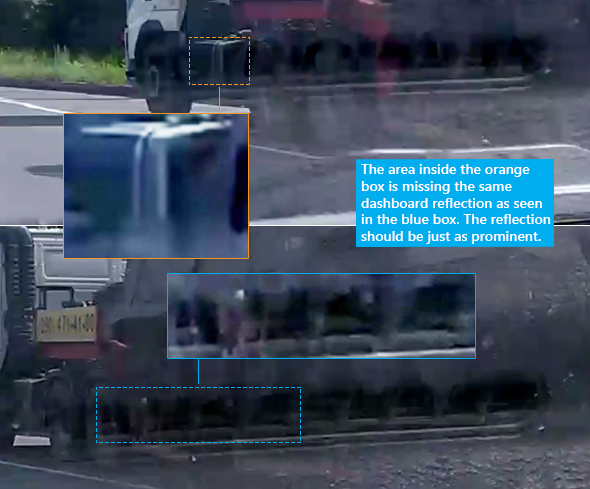
You need to be a member of 12160 Social Network to add comments!
Join 12160 Social Network